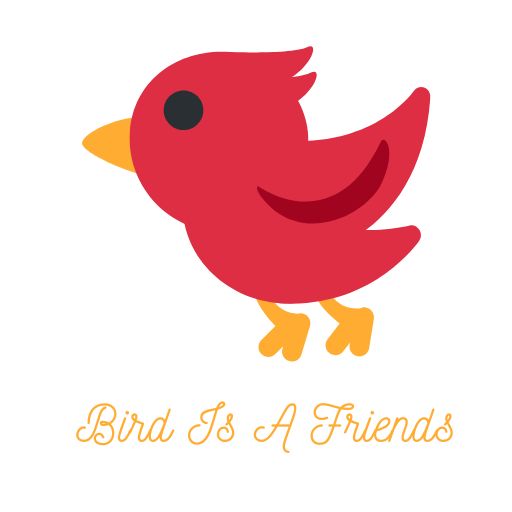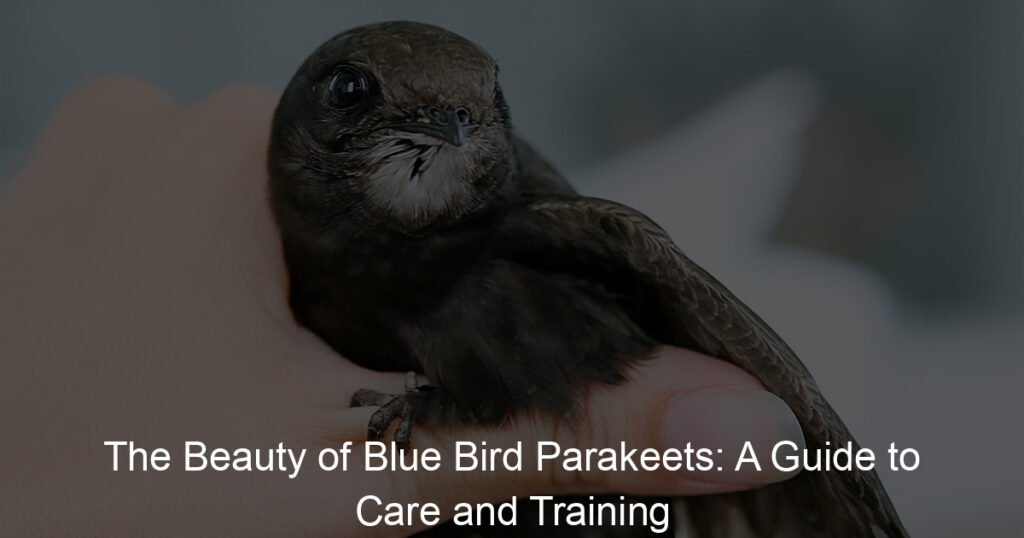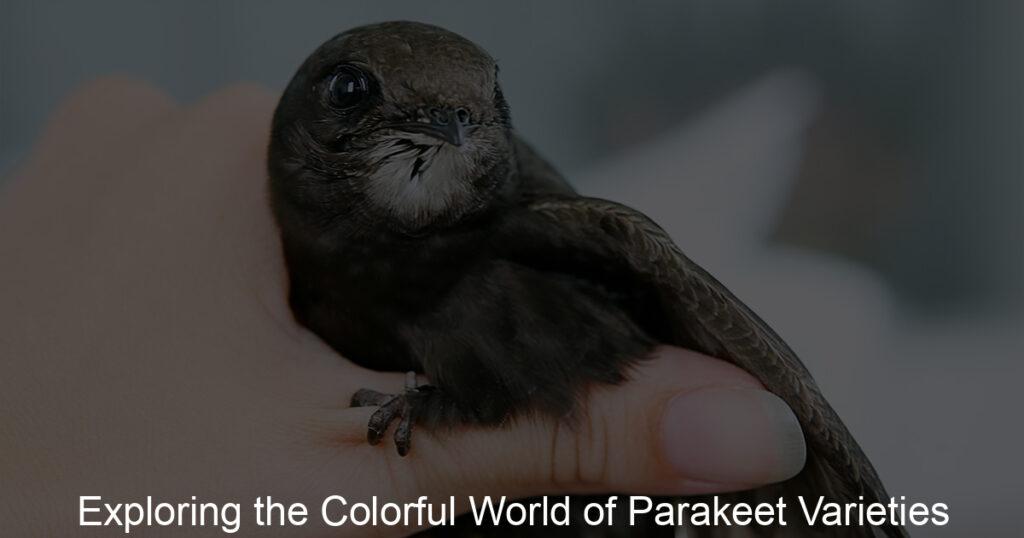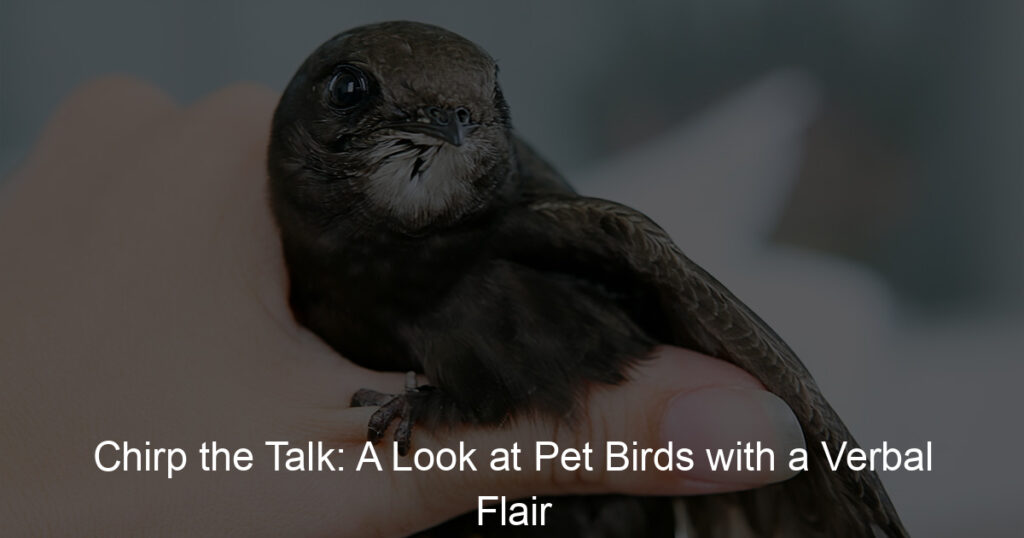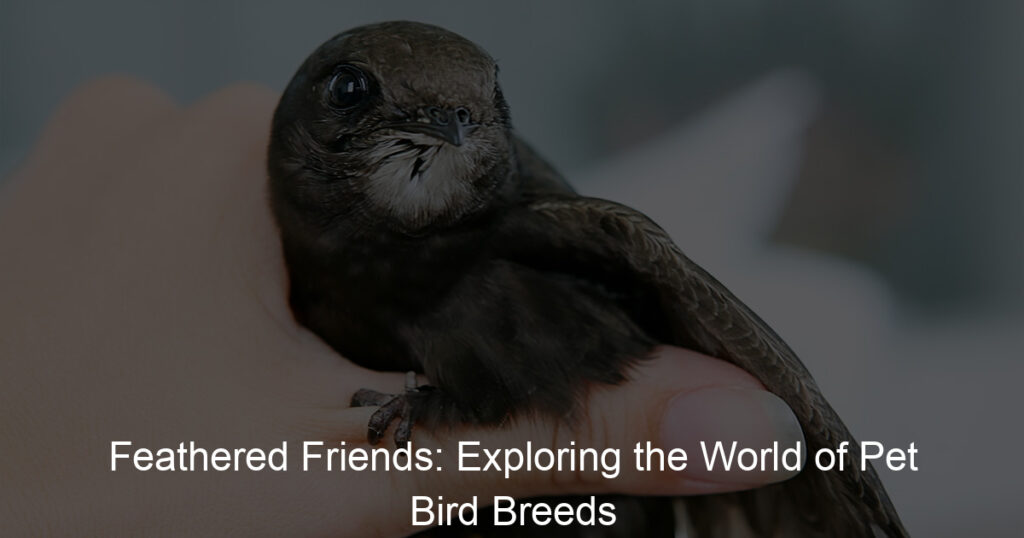Have you ever noticed the brilliant shades of blue that light up the sky? Few creatures, other than parakeets, can match such wondrous beauty. Blue parakeets are one of the most colorful and captivating breeds of birds kept as pets today.
These birds bring life to any home with their inquisitive eyes and melodic singing voices. Regardless if you’re a first-time bird owner or an experienced avid admirer, this guide provides useful information on how to properly care for and train your beloved blue parakeet!
What do you need to take care of a blue parakeet?
Taking care of a blue parakeet is an incredibly rewarding experience and not that hard if you come prepared. To ensure they have all the comforts of home, you’ll need a cage, preferably one with horizontal bars and perched access.
Ensure the cage is large enough for your parakeet to move around freely and tall enough so they can stretch their wings; this will keep them happy and healthy. Additionally, there should be toys for creative stimulation, perches for exercise, food dishes (and plenty of food!), as well as water dishes–multiple versions are ideal.
Make sure to add chewable bird toys or bird-safe brackets to keep their claws entertained. With these items present, your parakeet will be happily taken care of!
Are blue parakeets nice?
Are blue parakeets nice? This is a common question for potential owners who are looking for the perfect feathered friend. The answer to this depends on what type of interaction one expects from a pet.
Blue parakeets can be friendly and affectionate, but they may not be as cuddly or interactive as other bird species, so if you are looking for a more interactive pet, you might want to consider another breed of parakeet. However, if you have the patience and time to spend training and getting to know your bird, a blue parakeet can be an excellent companion.
It will thrive with daily attention, lots of toys, and activities that help get it used to be handled, such as scratching its head or offering treats. Blue parakeets come in many beautiful shades, making them fun to watch and admire in their cages.
They also learn tricks well and often share their vocal repertoire with owners who reward positive behaviors. Whether snuggling up on your shoulder or dancing around with its toys, a blue parakeet is sure to bring joy into your home!
How to take care of a blue parakeet?
Taking care of a blue parakeet is an enjoyable and rewarding experience, however, it does come with some responsibility. As an owner, you’ll need to provide the bird with plenty of attention and a stimulating environment.
All parakeets require lots of exercise and playtime outside of their cage daily to stay healthy. The cage itself should also be comfortable and roomy, with airy perches made from wood or other non-toxic materials. To maintain good feather health, blue parakeets must be provided with a balanced diet that consists of high-quality seed mixes, fresh vegetables and fruits, mealworms, and other nutritional supplements.
Additionally, frequent bathing sessions are essential for both maintaining their feathers’ integrity as well as their overall health. With regular checkups at the vet and proper nutrition, your blue parakeet is sure to thrive!
What do blue parakeets eat?
Blue parakeets are beautiful, intelligent birds that make wonderful pets. They require a carefully planned diet to ensure healthy growth and maintain their vibrant feathers.
Blue parakeets enjoy eating a range of foods including fresh fruits and vegetables such as apples, broccoli, and spinach. Nuts, seeds, and grains should be supplied in addition to fresh produce for an ideal diet for blue parakeets.
Specialized birdseed mixes can also provide variety and essential nutrients for your pet parakeet. For an even healthier diet for your feathered friend, consider supplementing their everyday fare with other items like edible flowers or boiled eggs mashed with rice.
Feeding time should be a special part of the day for both you and your blue parakeet!
Can blue parakeets live alone?
Many wonders if blue parakeets can survive and be content living alone. The answer depends on many factors like an individual bird’s personality and the effort that the owner puts into enriching its environment.
Blue parakeets are social animals, and if possible, they should live in a pair or small flocks. However, when owners give their solitary birds plenty of attention and stimulation, such as playtime with their owners beyond basic care, they can lead happy and healthy lives without other birds around.
Ultimately, whether a single blue parakeet can thrive is largely up to the particular bird in question and the amount of time invested by its owner.
What is so special about parakeets?
Parakeets, also known as budgerigars, are small, colorful birds native to Australia. Their stunning beauty and scalability make them popular pets for households of all sizes.
Not only are they aesthetically pleasing but parakeets can be incredibly social, often copying their owner’s behavior. Many owners teach their birds to talk, play music and games, or even form attention-grabbing tricks – making them the star of any show!
Despite their size, these birds have amazing personalities with lots of energy and enthusiasm. They make great companions for both children and adults alike! With proper care and love, parakeets can live up to 15 years in captivity – long enough to form a lasting bond with their families.
The Bottom Line
In conclusion, an appreciation of bluebird parakeets can be an incredibly rewarding and special adventure. They are a delightful bird species that come with myriad insights into their behavior, trainability, beauty, and love.
Informed buyers should always ensure they purchase healthy parakeet babies from responsible breeders and resellers who meet all required regulations set forth by the U.S. Fish & Wildlife Service. Appropriate housing and feeding support constitute necessary components of the care routine while proper training methods should adhere to appropriately develop the parakeet’s personality.
Anyone looking for a new feathered friend, or simply wanting to learn more about these vibrant birds should look no further than bluebird parakeets. Not only are these birds aesthetically stunning but intelligent as well; this combination makes them ideal for any pet owner seeking an interactive companion for years to come!
